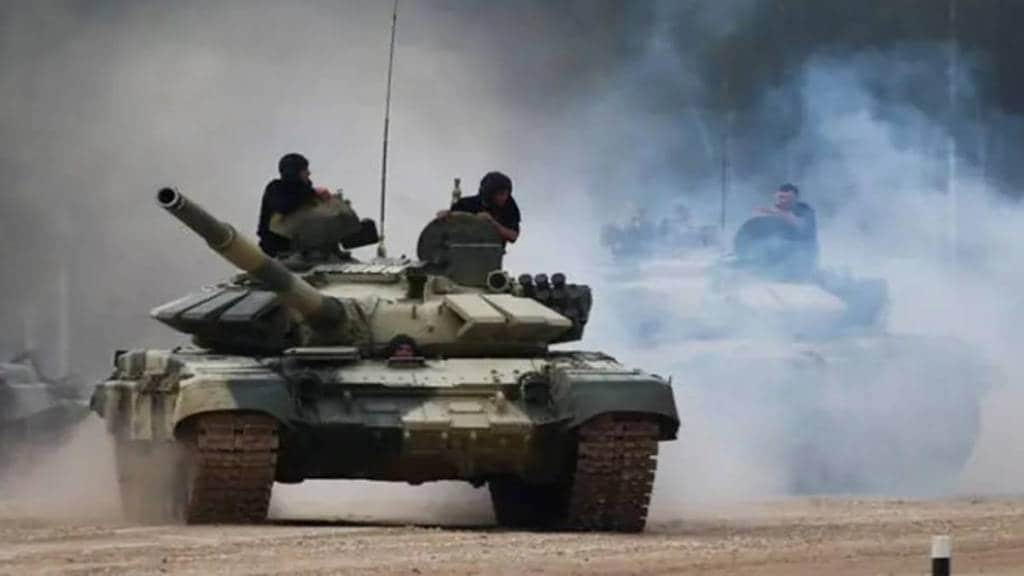Securing borders along China is one of the top priorities of India. The country is not leaving any stone unturned to defend its territories from the Dragon’s threat! In modern warfare, tanks play an important role in defending the country. Both India and China depend on these heavily.
According to a report of a think tank Observer Research Foundation published on Feb 10, 2023, there has been a large-scale upgrade of equipment in the Western Theater Command (WTC) by China, especially in the forces facing India. China has introduced, in addition to other defence vehicles, Type 15 light tanks and ZTZ-99A Main Battle Tanks (MBTs) to defend its borders along India.
The report further says that there are plans to replace these with the newer 40-tonne Type 96B tanks.
Type 15 light tanks
Nicknamed the Black Panther, the Type 15, is a Chinese third-generation light tank of China. Also, the tank has been shipped to India’s neighbour, Bangladesh. The tank’s export version is known as VT-5.
In 2013, the Type 62 light tank was retired from the Chinese army, and Type 15 is the practical successor. Reportedly, China has 500 of these.
ZTZ-99A Main Battle Tanks
The ZTZ-99 is a Chinese third-generation main battle tank. It was a replacement for the Type 88 tank which was introduced in the late 1980s. The Type 99 MBT was the first mass-produced third-generation primary battle tank in China.
The Type 99 represents a shift towards rapid modernization by the People’s Liberation Army (PLA) and has features like high mobility, modular composite armour, tandem-charge defeating ERA, 125 mm smoothbore gun (with ATGM-capability), digital systems, and optics.
The unit cost of this tank is 2.5 million dollars.
Type 96B tanks
For the Chinese army, the Type 96 is a second-generation main battle tank and is the final evolution of the Type 88 design.
Reportedly, China has 2,500 plus of these. It has a composite armour and operational range of 400 km.
Where does India stand?
In 2020, reportedly, the T-72 and T-90 tanks of the Indian Army were deployed in Demchok, Ladakh.
The T-72 tank entered production in 1971. It is from a family of Soviet main battle tanks. In the late 1970s, the Indian Army had decided to acquire T-72 from Russia.
After a review of trial results, T-72M and T-72-1982 were chosen as future MBTs of the Indian Army, and a procurement contract for 2,418 T-72s was subsequently inked.
Again, the T-90 is a third-generation Main Battle Tank (MBT). It was developed to replace the T-72. Some of the features include a 125 mm 2A46 smoothbore primary gun, the 1A45T fire-control system, an upgraded engine, thermal sight for the gunner, armour (a blend of steel and composite), smoke grenade dischargers, Kontakt-5 explosive reactive armour (ERA) and the Shtora infrared anti-tank guided missile (ATGM) jamming system.

